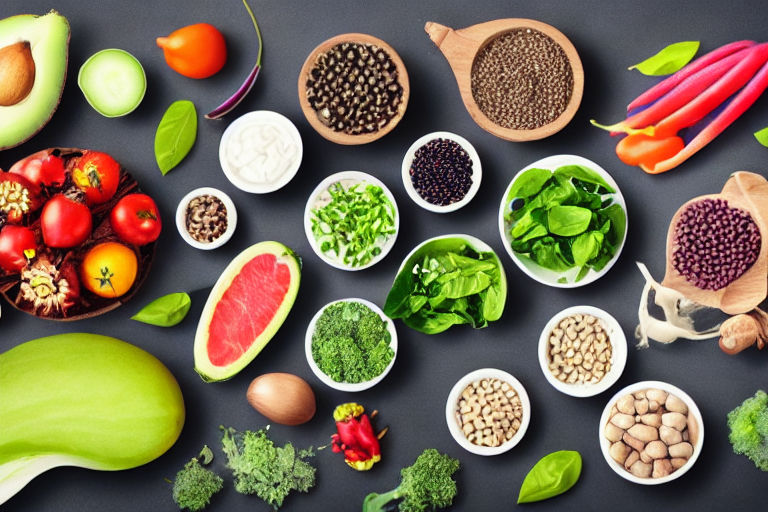From Sea to Table: The Journey of Seafood and its Impact on the Environment
Seafood is an important source of protein and nutrition for millions of people around the world. From sushi to fish and chips, seafood brings with it a unique and tasty flavor that is hard to beat. However, the journey of seafood from ocean to table can have a significant impact on the environment, and it is up to us to ensure sustainable practices are followed.
The Journey of Seafood
The journey of seafood starts in the ocean, where fish and other sea creatures are harvested through commercial fishing or aquaculture. These creatures are then transported to processing facilities, where they are cleaned, gutted, and packaged for distribution.
Once the seafood is packaged, it is then shipped to supermarkets, restaurants, and other food service providers. At this point, the seafood is ready to be cooked and enjoyed by consumers.
The Impact on the Environment
While seafood can be delicious and nutritious, the way it is harvested and processed can have a negative impact on the environment. Overfishing, for example, can lead to the depletion of certain species of fish, which can disrupt the balance of the ocean's ecosystem.
Aquaculture, while less damaging than commercial fishing, can still have negative effects if not monitored and managed responsibly. The use of antibiotics and pesticides in fish farms can pollute the surrounding area and harm other wildlife.
The transportation of seafood can also have an impact on the environment. Carbon emissions from shipping can contribute to climate change, and there is also the issue of waste from packaging and processing.
Sustainable Seafood Practices
To reduce the negative impact of seafood production and distribution, it is important to follow sustainable practices. This means using responsible fishing techniques, reducing waste from packaging and processing, and monitoring the environmental impact of aquaculture.
When purchasing seafood, look for labels or certifications from organizations like the Marine Stewardship Council or Aquaculture Stewardship Council, which indicate that the seafood has been caught or farmed using sustainable methods. It is also important to support local seafood providers, as this reduces transportation emissions and helps to sustain local fishing communities.
Conclusion
Seafood is a delicious and nutritious food source, but it is important to be aware of the impact it can have on the environment. By following sustainable practices and supporting responsible fishing and aquaculture, we can ensure that seafood remains a viable food source for generations to come.



